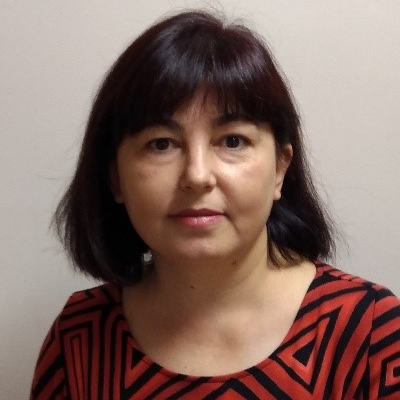Nanophotonic Sensors
A special issue of Sensors (ISSN 1424-8220). This special issue belongs to the section "Physical Sensors".
Deadline for manuscript submissions: closed (30 September 2019) | Viewed by 3937
Special Issue Editors
Interests: functionalised holographic recording materials (photopolymer nanocomposites, self-processing photopolymers, azo-dye-containing polymers); novel methods for fabrication of holograms, and their applications in holographic sensing, holographic data storage, optical micro patterning and micromanipulation, and holographic actuators for smart device design
Special Issues, Collections and Topics in MDPI journals
Special Issue Information
Dear Colleagues,
The development of nanophotonic sensors capable of changing their optical properties as a result of recognition and detection of environmental pollutants, biologically relevant analytes, chemical substances, as well as detection of externally applied fields (i.e., electric, magnetic, electromagnetic fields) and temperature gradients have attracted considerable interest in recent years. Among various sensing techniques, nanophotonic sensors using a variation of the properties of nanophotonic structures are receiving increasing attention because of their capability for multiplexing, competitive sensitivity, versatility in obtaining diverse information in situ, and fabrication compatible with current industrial approaches. This Special Issue aims at presenting reports on recent developments in the development and applications of nanophotonic sensors.
Prof. Izabela NaydenovaDr. Haider Butt
Guest Editors
Manuscript Submission Information
Manuscripts should be submitted online at www.mdpi.com by registering and logging in to this website. Once you are registered, click here to go to the submission form. Manuscripts can be submitted until the deadline. All submissions that pass pre-check are peer-reviewed. Accepted papers will be published continuously in the journal (as soon as accepted) and will be listed together on the special issue website. Research articles, review articles as well as short communications are invited. For planned papers, a title and short abstract (about 100 words) can be sent to the Editorial Office for announcement on this website.
Submitted manuscripts should not have been published previously, nor be under consideration for publication elsewhere (except conference proceedings papers). All manuscripts are thoroughly refereed through a single-blind peer-review process. A guide for authors and other relevant information for submission of manuscripts is available on the Instructions for Authors page. Sensors is an international peer-reviewed open access semimonthly journal published by MDPI.
Please visit the Instructions for Authors page before submitting a manuscript. The Article Processing Charge (APC) for publication in this open access journal is 2600 CHF (Swiss Francs). Submitted papers should be well formatted and use good English. Authors may use MDPI's English editing service prior to publication or during author revisions.
Keywords
- nanophotonics;
- nanophotonic structures for sensing;
- nanoparticle-based sensors;
- waveguide-based nanophotonic sensors;
- photonic crystal sensors;
- holographic sensors;
- graphene nanophotonic sensors;
- nanoplasmonic sensing and detection







